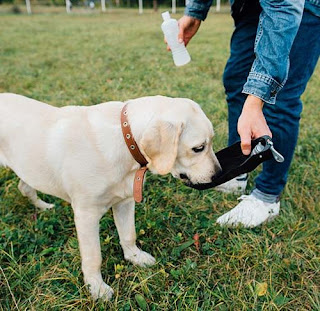Disasters and emergencies are inevitable occurrences. They are unexpected and happen in many forms. Some of these unforeseen situations may require us to leave our home for a brief period and sometimes to evacuate permanently. Each event may call for specific and immediate actions to take to keep you and your pets safe. The best thing to do is to prepare your pets and yourself if these situations may happen. Here are some guidelines to prepare you for disasters and emergencies and to keep you and your pets safe.
●
Arrange a shelter for your pet. In
the event of an evacuation, your pet must also have a shelter to go to. Never
leave your pets behind. Always keep in mind, if it is not safe for you, it is
not safe for your pet as well. They can be trapped or can wander and can put
their lives in danger. Not all evacuation centers accept animals so it is
needed to arrange for shelter beforehand where your pet can be safe until the
disaster has passed and it’s safe to return home.
●
Inquire in your community animal facility
if they offer emergency shelter or foster care for pets.
●
Determine what hotels or inns in
nearby towns or cities will accept pets.
●
Ask your relatives or friends out of
your area of disaster if they can accept and care for your pet for a while.
You can also ask your veterinarian Roanoke, VA for recommended lodging kennels and shelters in your area.






